Sort:
The average pro reviews rating is 8.4 / 10, based on the 22 reviews.
How we do it
We humanly agregate professional reviews from a number of high quality sites. This way, we are giving you a quick way to see the average rating and save you the need to search the reviews on your own. You want to share a professional review you like?

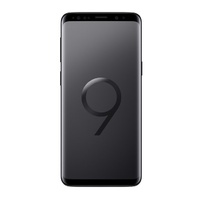
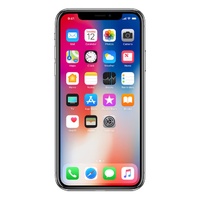
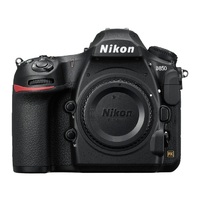
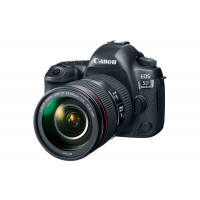

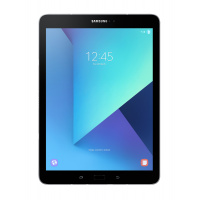
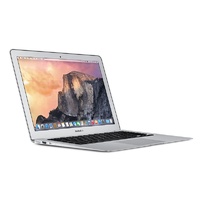









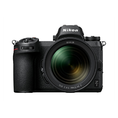
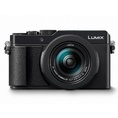






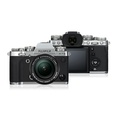






hardocp‘s review Edit Like Unlike
Apr 25, 2012
HEXUS‘s review Edit Like Unlike
Apr 02, 2012
hardocp‘s review Edit Like Unlike
Jan 09, 2012
hardocp‘s review Edit Like Unlike
Dec 22, 2011
AnandTech‘s review Edit Like Unlike
Dec 22, 2011
HEXUS‘s review Edit Like Unlike
Dec 22, 2011
HEXUS‘s review Edit Like Unlike
Feb 03, 2012
techreport.com‘s review Edit Like Unlike
Jan 02, 2012
HotHardware‘s review Edit Like Unlike
Dec 22, 2011
computershopper‘s review Edit Like Unlike
Jan 31, 2012
www.legitreviews.com‘s review Edit Like Unlike
Jan 20, 2012
TechSpot‘s review Edit Like Unlike
Dec 27, 2011
bit-tech‘s review Edit Like Unlike
Nov 22, 2011
www.pcper.com‘s review Edit Like Unlike
Dec 22, 2011
PC Pro‘s review Edit Like Unlike
Dec 22, 2011
TechRadar UK‘s review Edit Like Unlike
Dec 22, 2011
techPowerUp!‘s review Edit Like Unlike
Dec 21, 2011
www.legitreviews.com‘s review Edit Like Unlike
Dec 21, 2011
hardwaresecrets‘s review Edit Like Unlike
Dec 21, 2011
hardwarecanucks‘s review Edit Like Unlike
Dec 21, 2011
expertreviews‘s review Edit Like Unlike
Dec 22, 2011
PC Magazine‘s review Edit Like Unlike
Dec 22, 2011